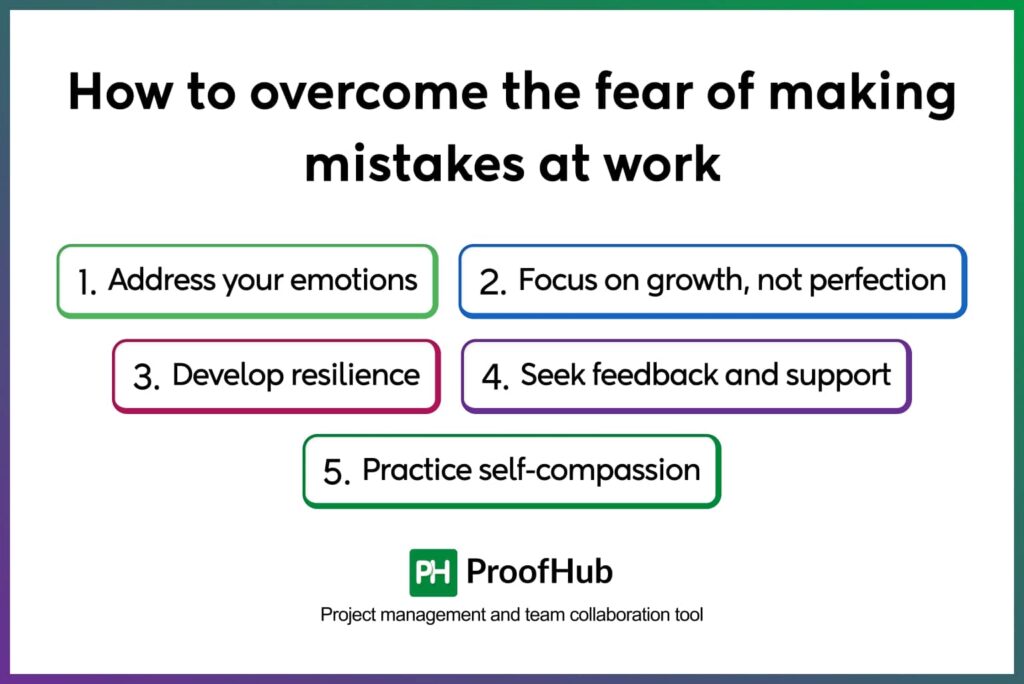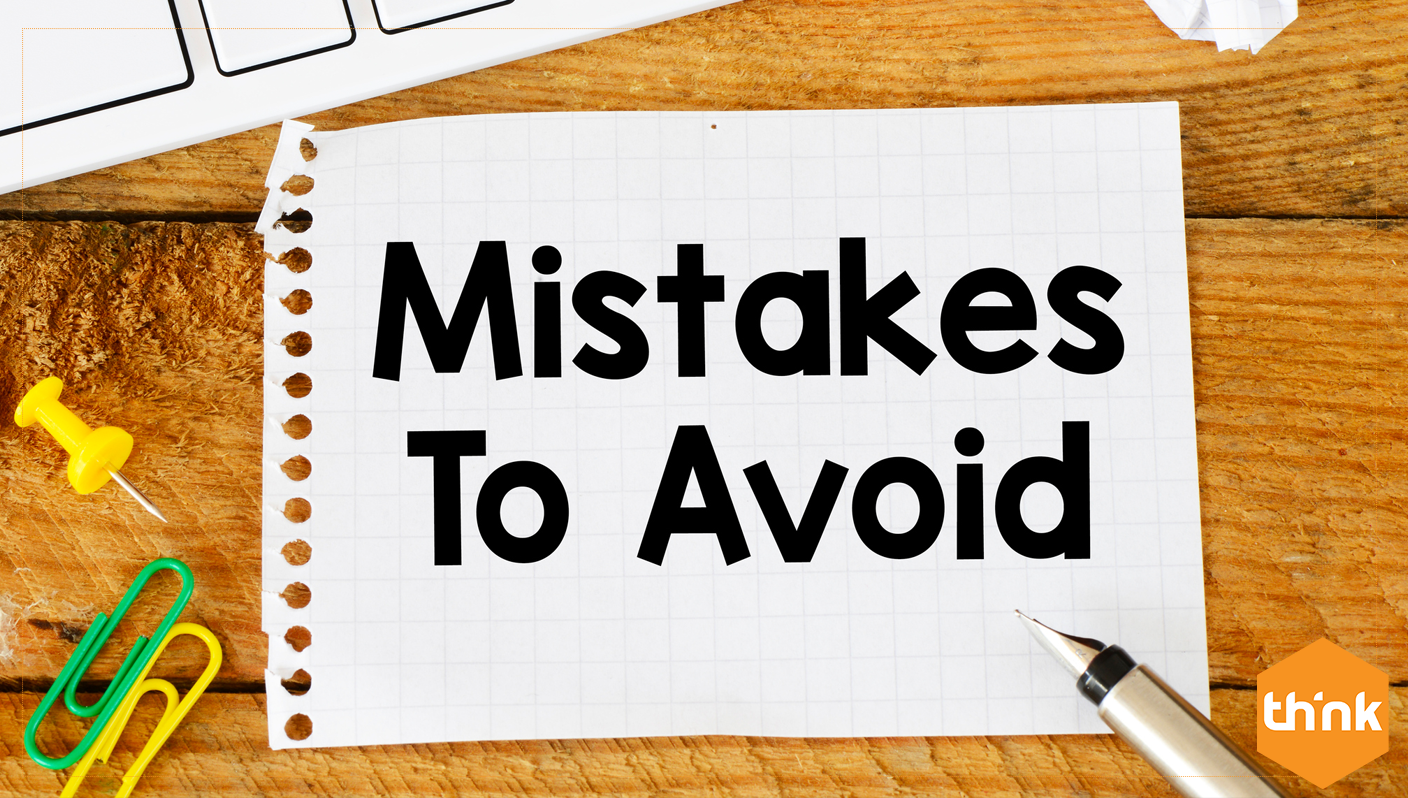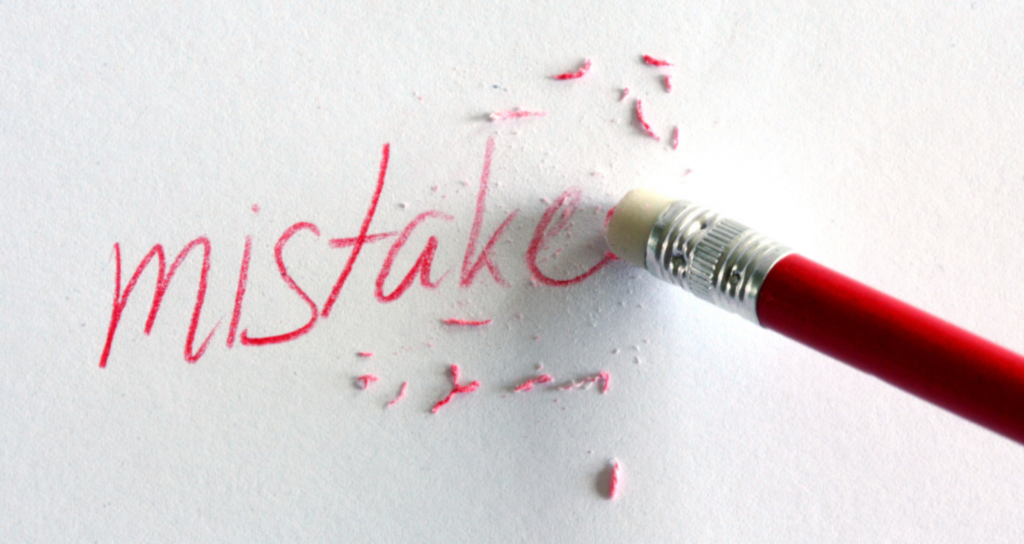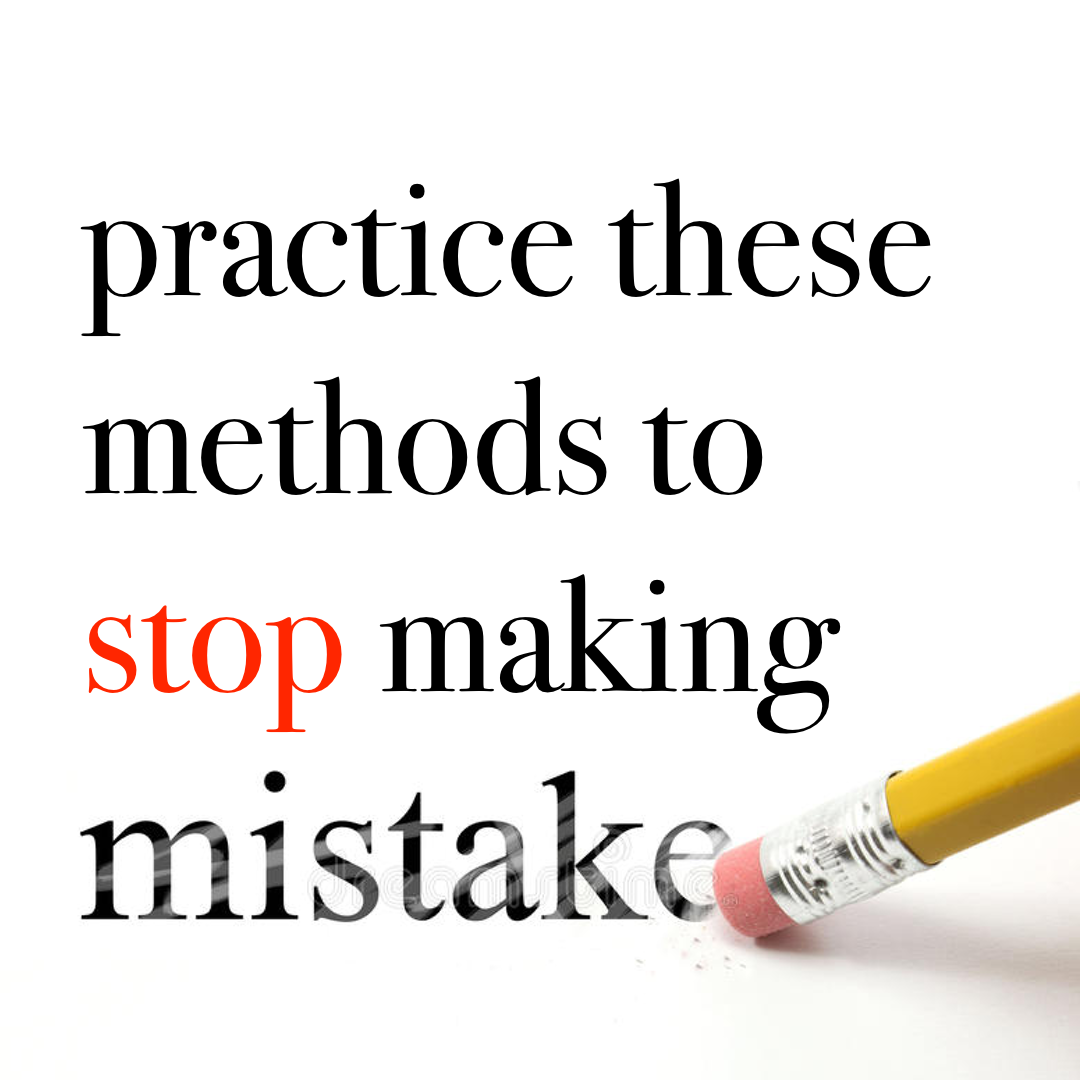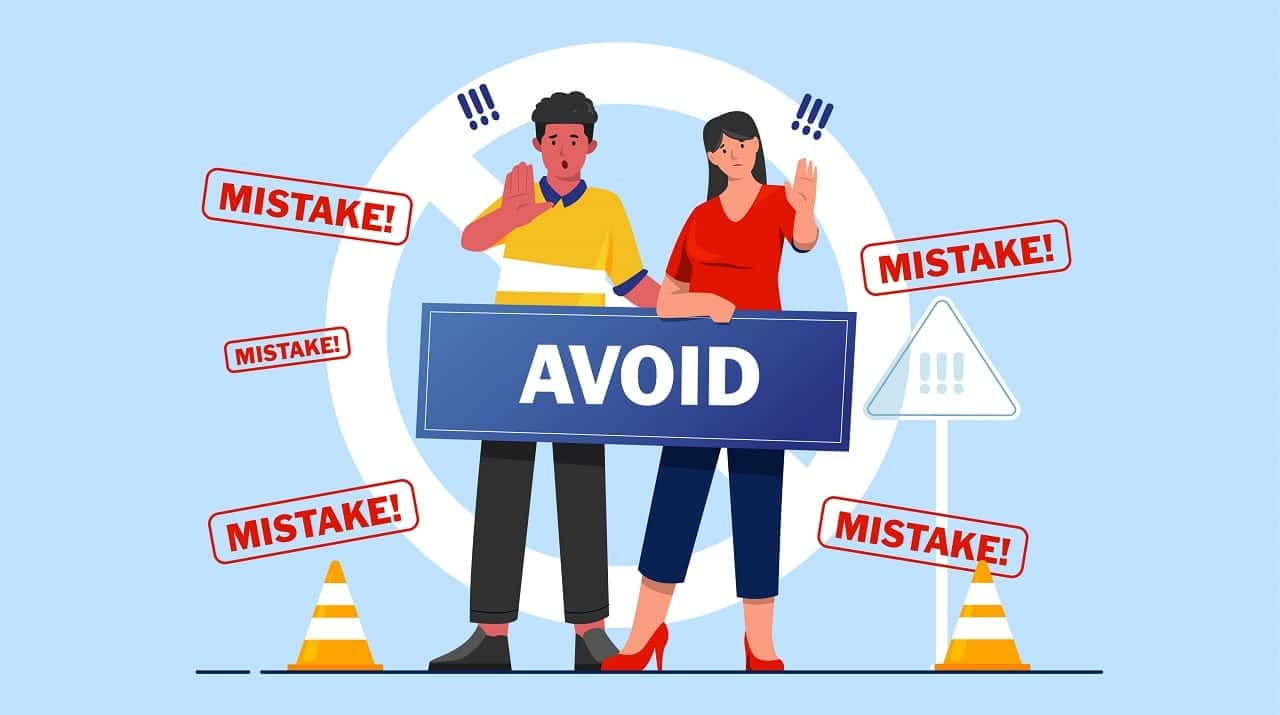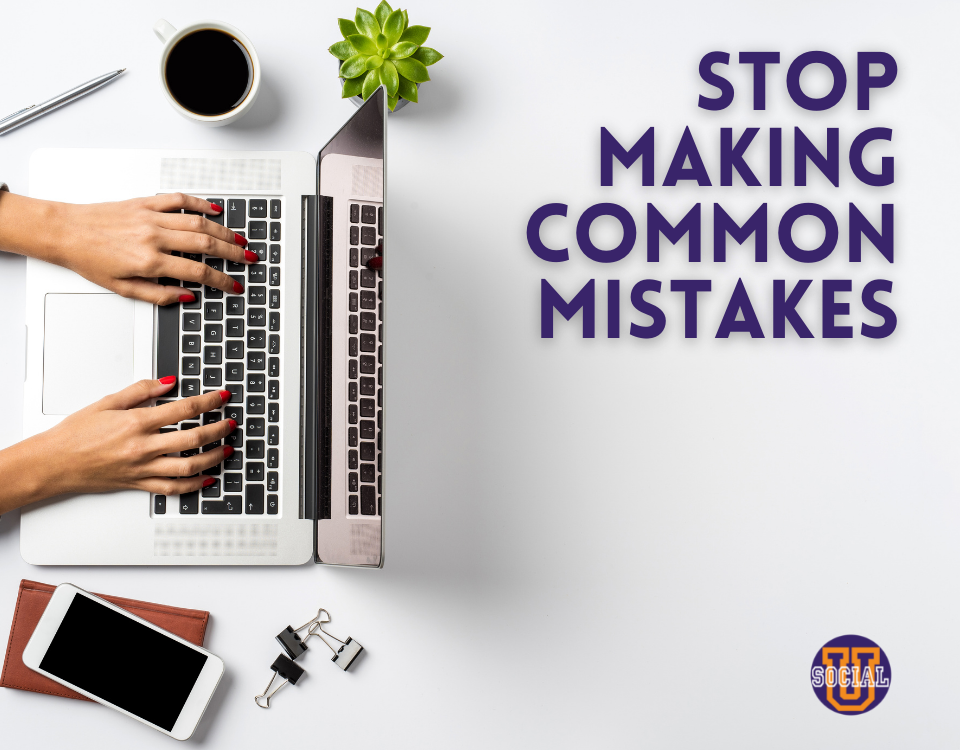How To Stop Making Mistakes

Ever felt like you're constantly tripping over the same problems? We all make mistakes, but what if you could identify patterns and systematically reduce them? This guide is for anyone who wants to improve their decision-making and minimize errors in their daily lives.
Understanding the Problem: Why Mistakes Happen
Mistakes aren't random. They often stem from predictable causes like lack of information, poor planning, or emotional stress.
Recognizing these underlying factors is the first step to building better habits. By understanding why we err, we can develop strategies to avoid similar pitfalls in the future.
The Mistake-Proofing Toolkit: Strategies for Improvement
Several techniques can help you minimize errors and improve your performance in various situations.
These range from simple organizational tricks to more profound shifts in mindset and approach.
1. The Checklist Manifesto: A Simple Solution
Checklists might seem basic, but they are incredibly powerful. They ensure you don't skip crucial steps, especially in complex or high-pressure situations.
"A checklist is a memory aid and a way to ensure consistency."
2. Slow Down to Speed Up: The Power of Deliberate Practice
Rushing often leads to mistakes. Taking a moment to carefully plan and execute tasks can actually save time in the long run.
This approach also allows for greater attention to detail and helps catch potential errors before they become problems.
3. The "Five Whys" Technique: Digging Deeper
When a mistake occurs, don't just treat the symptom. Ask "Why?" repeatedly until you uncover the root cause of the problem.
This iterative questioning method can reveal underlying system flaws or training gaps that need addressing.
4. Embrace Feedback: Learn From Your Errors
Criticism can be tough, but it's essential for growth. Seek out constructive feedback from trusted sources and use it to identify areas for improvement.
Consider journaling your mistakes and reflecting on what you learned from each incident.
5. Simplify and Standardize: Creating Predictability
The more complex a process, the more opportunities for error. Simplify tasks by breaking them down into smaller, more manageable steps.
Standardization also reduces variability and makes it easier to identify deviations from the norm.
Real-World Examples: Putting These Strategies to Work
Let's look at a few scenarios and how these techniques can be applied. Imagine you are baking a cake.
Using a checklist ensures you add all the ingredients in the correct order and in the correct amounts.
If the cake comes out flat, applying the "Five Whys" might reveal that the baking powder was old, leading you to replace it.
Advanced Techniques: Going Beyond the Basics
For those looking to take their mistake-proofing skills to the next level, consider exploring these advanced techniques.
This includes Root Cause Analysis (RCA), Failure Mode and Effects Analysis (FMEA), and Statistical Process Control (SPC).
1. Understanding Cognitive Biases
Our brains are wired with certain biases that can lead to errors in judgment. Recognizing these biases can help you make more rational decisions.
Common biases include confirmation bias (seeking out information that confirms existing beliefs) and anchoring bias (relying too heavily on the first piece of information received).
2. The Importance of Sleep and Mindfulness
Fatigue and stress significantly increase the likelihood of mistakes. Prioritizing sleep and practicing mindfulness can improve focus and reduce errors.
Even short breaks throughout the day can help clear your mind and prevent lapses in concentration.
3. The Power of a Positive Mindset
A negative attitude can hinder problem-solving and increase the risk of mistakes. Cultivate a positive mindset and approach challenges with optimism.
Believe in your ability to learn and improve, and don't be afraid to ask for help when needed.
Checklist: 5 Essential Strategies for Error Reduction
- Implement Checklists: Create checklists for repetitive tasks to ensure consistency.
- Analyze Mistakes: Use the "Five Whys" to identify the root causes of errors.
- Seek Feedback: Ask for constructive criticism to improve your performance.
- Simplify Processes: Break down complex tasks into smaller, more manageable steps.
- Practice Mindfulness: Prioritize sleep and mindfulness to reduce stress and improve focus.
Summary: Mastering the Art of Mistake-Proofing
Reducing mistakes is an ongoing process that requires awareness, planning, and a willingness to learn. By implementing the strategies outlined in this guide, you can significantly improve your decision-making and minimize errors in all areas of your life.
Remember to be patient with yourself and celebrate your progress along the way.
By understanding why mistakes happen, applying effective techniques, and cultivating a positive mindset, you can significantly improve your decision-making and minimize errors in all areas of your life.
Ready to Start?
Commit to implementing at least one of these strategies this week. What can you do today to reduce the likelihood of errors in your work or personal life?
The journey to mistake-proofing starts with a single step. Take that step now!
